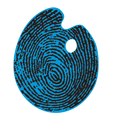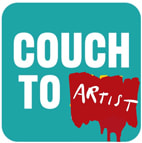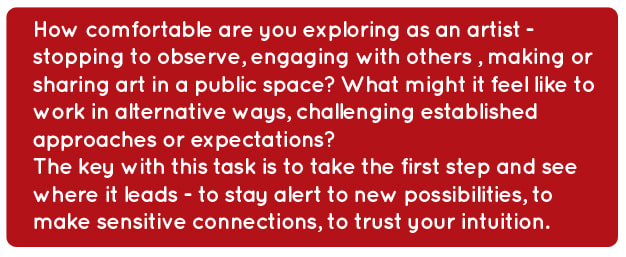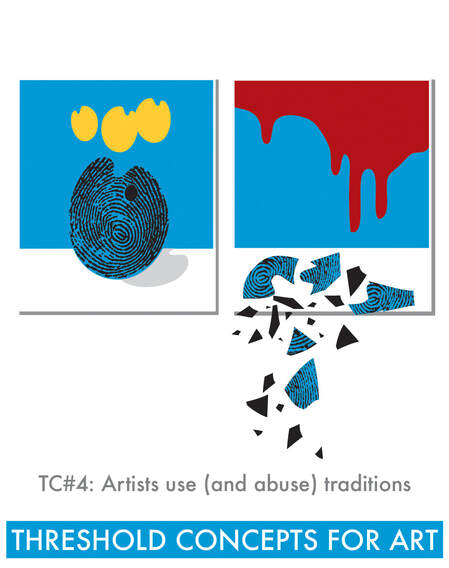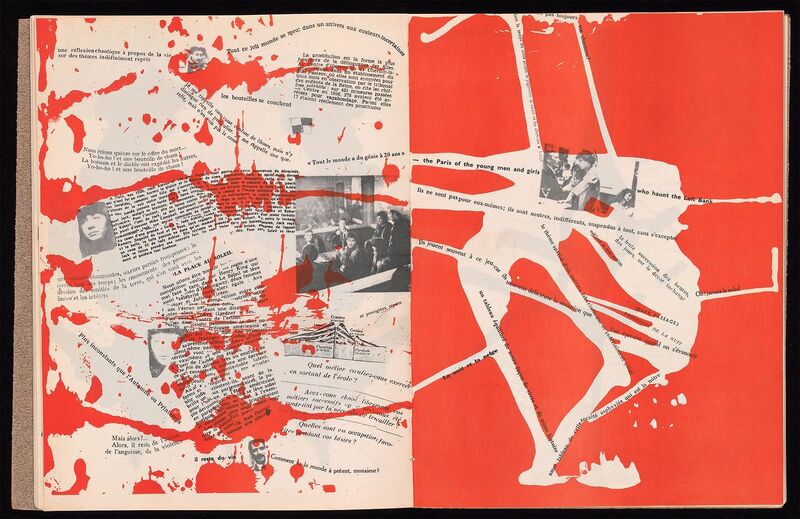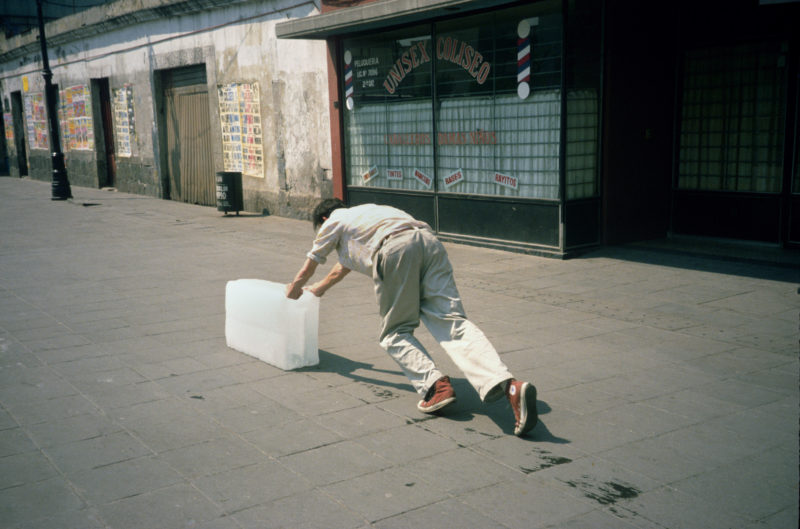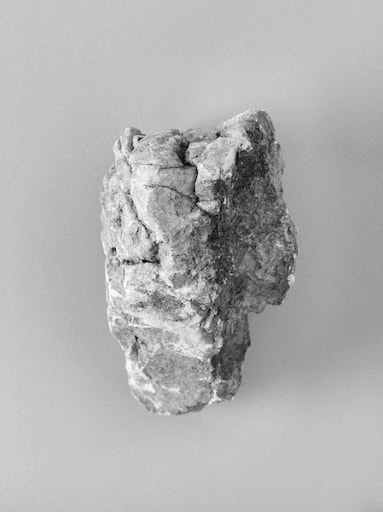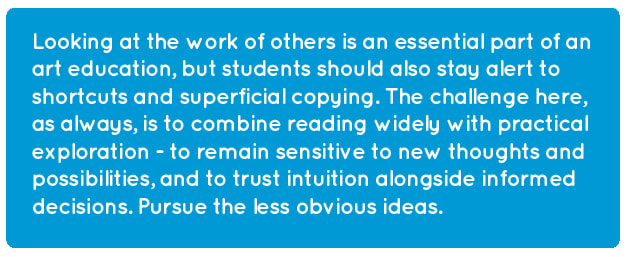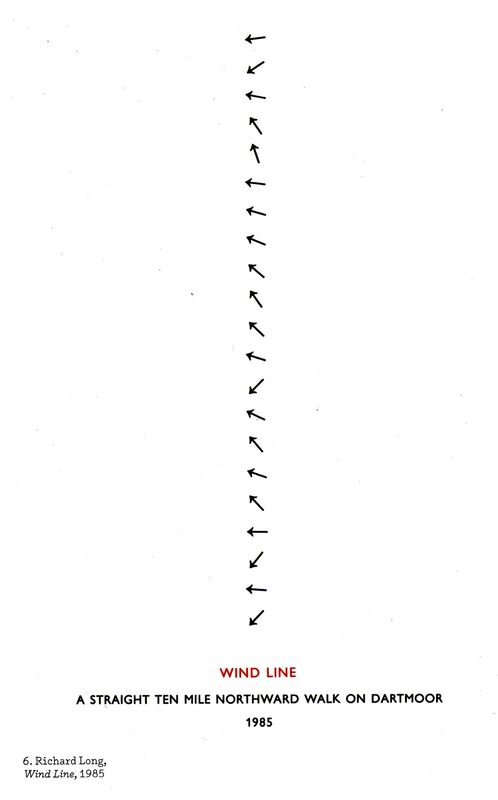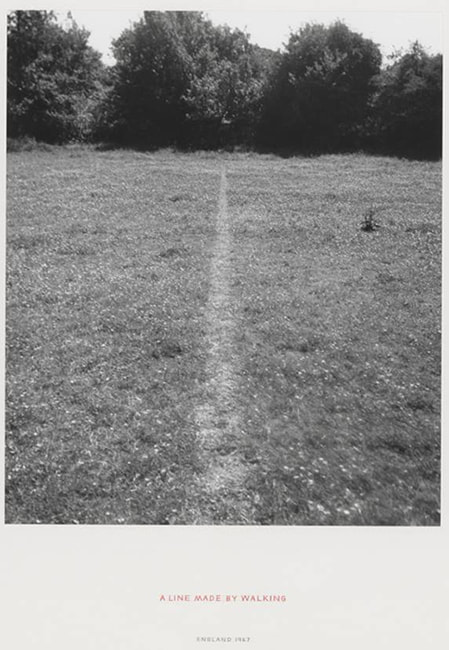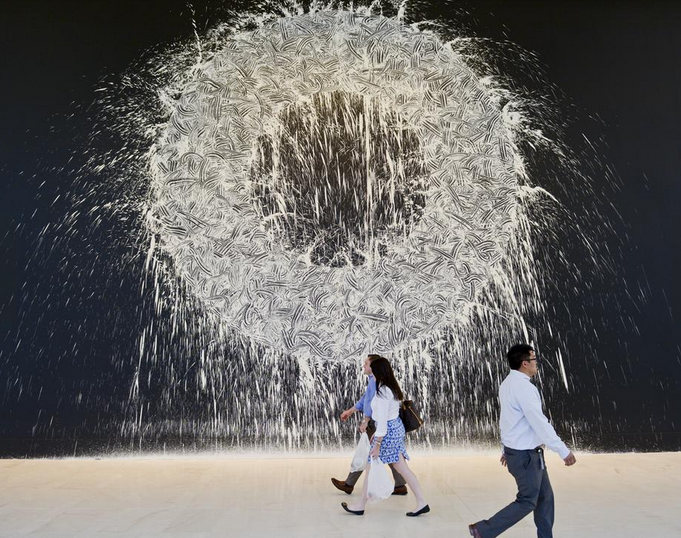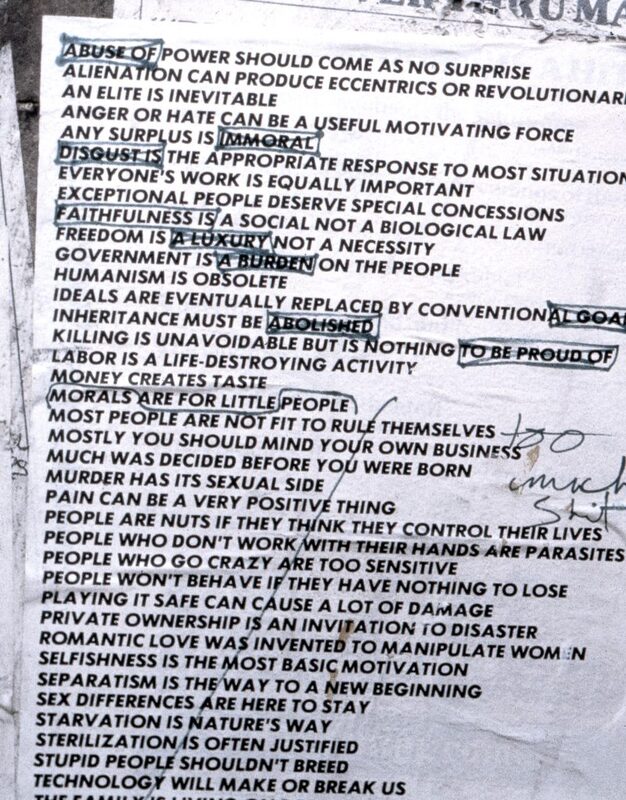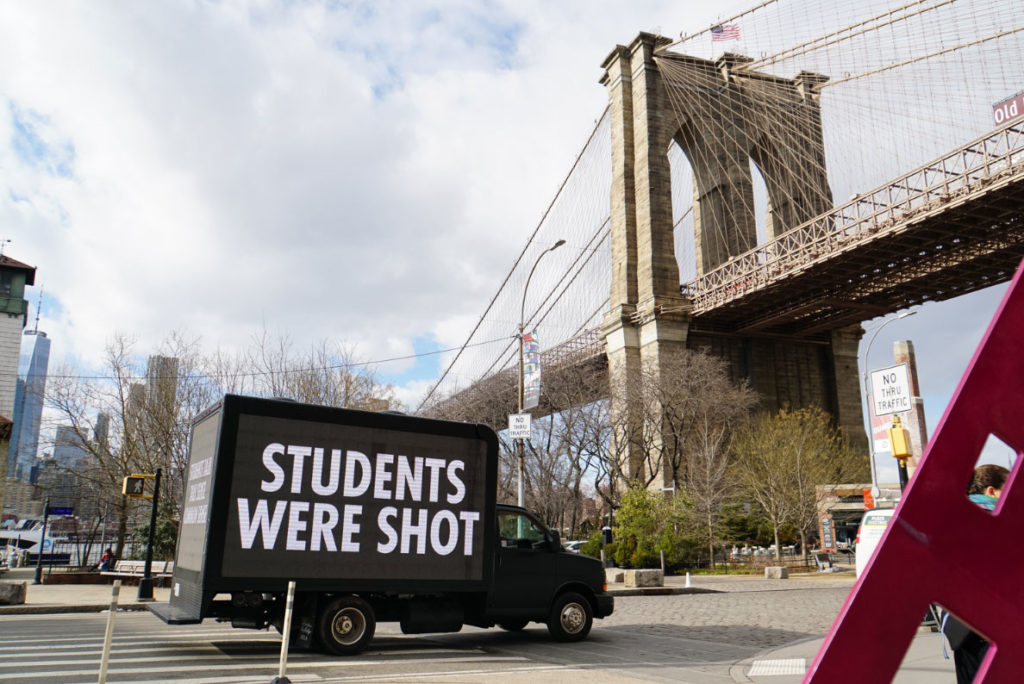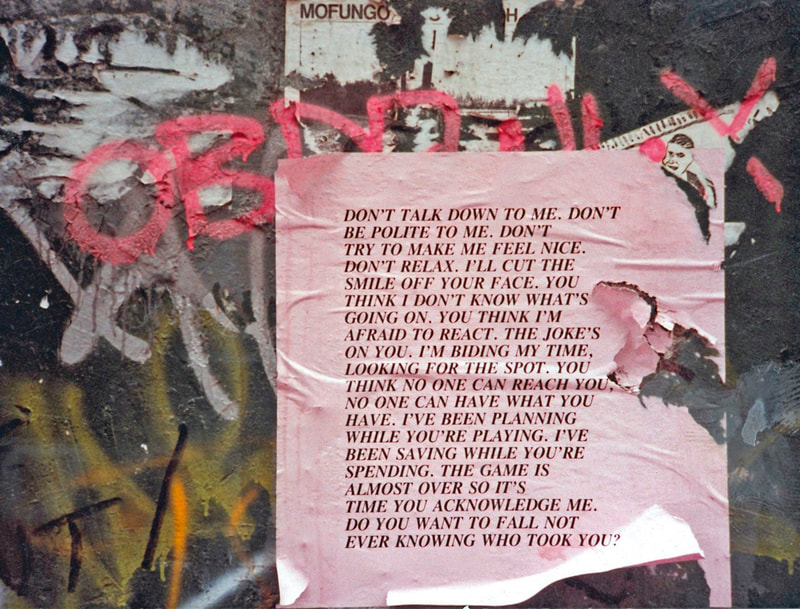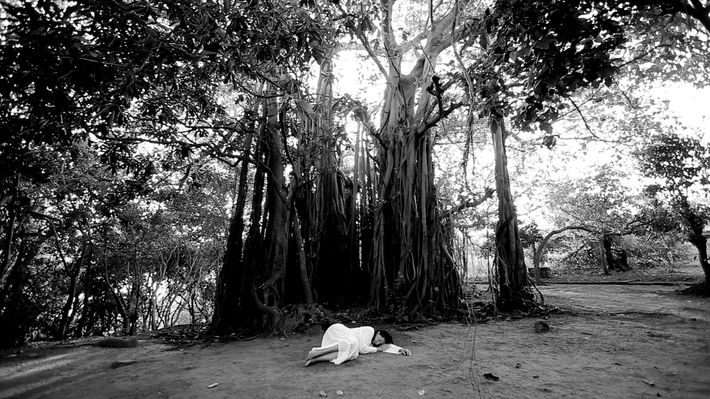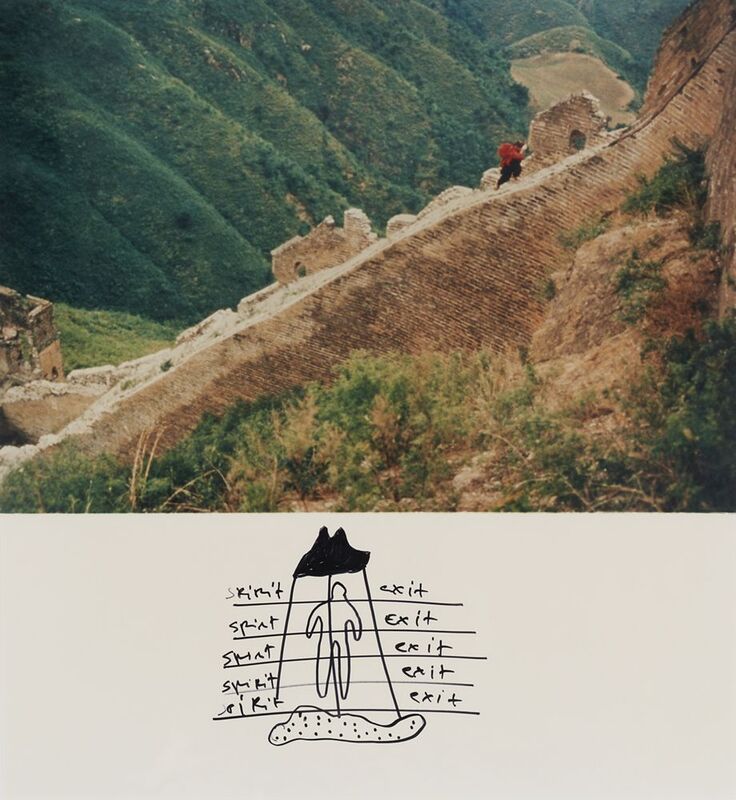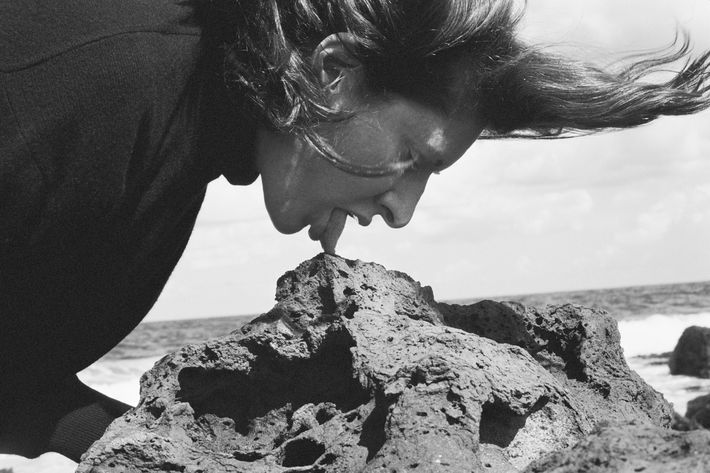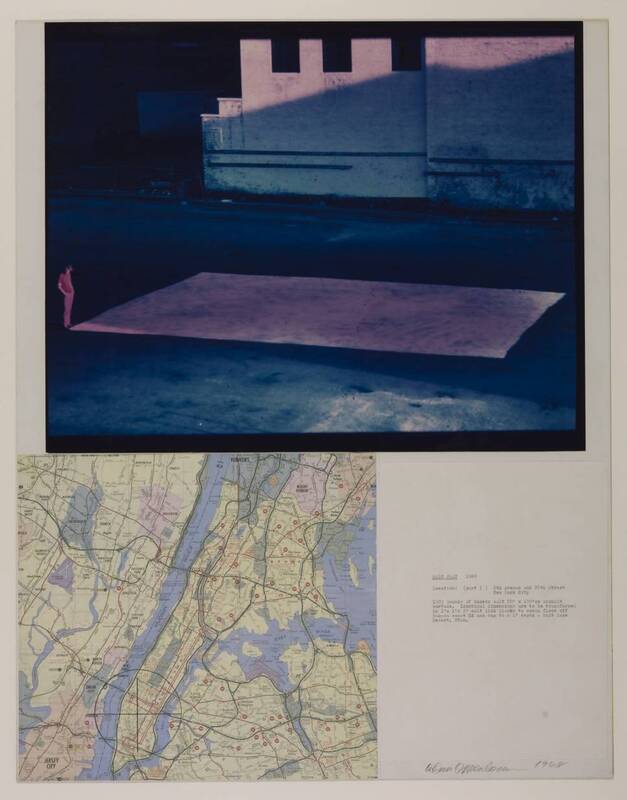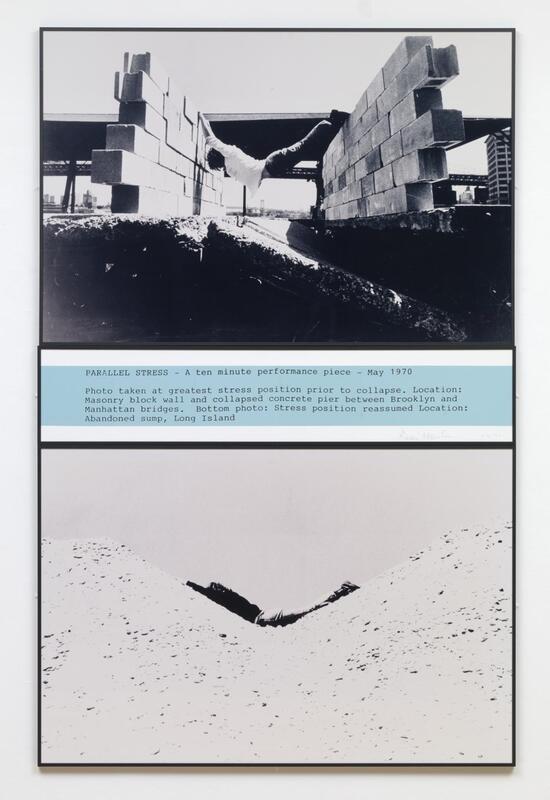|
Task 4 connects with Threshold Concept 4. It is an opportunity to consider methods that have challenged expectations of how art might be made, and where it might be encountered.
Alongside wider notes and research, you will complete: 1. a walk - this might be considered as a performative act and/or an opportunity to gather inspiration. (Suggested time: 1 hour). 2. an artwork - to be temporarily created/installed/documented along your chosen route (or in an alternative, connected or contrasting location) (approx 3-4 hours). |
TASK 4
|
ACTIVITY PART 1: WALKING THE WALK
ACTIVITY PART 2: Once you have completed your route (or during too, if appropriate):
|
Artists learn the ‘rules’ and conventions so they can decide when to break them. Some artists work within established traditions and genres, others tease and disrupt these in alternative ways. Definitions of art are always changing. |
TASK 4 ADDITIONAL RESOURCES
Walking, in particular drifting, or strolling, is already – with the speed culture of our time – a kind of resistance…a very immediate method for unfolding stories. Francis Alÿs
ART & WALKING
Beneficial terms: Psychogeography; Situationist International, Dérive
Going for a stroll might not seem particularly radical, but many artists have embraced walking as a means of provocation, disruption and challenge. Some artists have defined themselves as 'walking artists' and in doing so proposed walking as a creative medium and mode of practice. Alongside the obvious health benefits, a walk (or an intuitive 'dérive') can also provide opportunities to reflect, investigate, encounter and question, and to gather and directly respond - for example, through notes, photographs, sketches, recordings, actions and interactions.
Beneficial terms: Psychogeography; Situationist International, Dérive
Going for a stroll might not seem particularly radical, but many artists have embraced walking as a means of provocation, disruption and challenge. Some artists have defined themselves as 'walking artists' and in doing so proposed walking as a creative medium and mode of practice. Alongside the obvious health benefits, a walk (or an intuitive 'dérive') can also provide opportunities to reflect, investigate, encounter and question, and to gather and directly respond - for example, through notes, photographs, sketches, recordings, actions and interactions.
Above are three initial examples of artist works. These have been chosen as 'gateway' images to interesting links and relevant (con)texts. Click on the images to research further - some of the texts might be quite challenging but definitely worth persisting with, you know, step-by-step.
The artists/artworks below demonstrate actions and interventions beyond traditional approaches and gallery spaces. Read the accompanying notes carefully and research at least one in further depth.
Richard Long is a British artist whose work has challenged 'traditional' expectations of sculpture through his performative acts and interventions within the landscape. From left: Wind Line, 1985; A Line Made by Walking, 1967; Dallas rag, (White China Clay drawing) 2015.
Jenny Holzer is an American Contemporary artist who is best known for her text-based public art projects. Her work, often installed within cities, embraces a wide variety of media including large-scale projections, LED displays, T-shirts and posters. Her 'Inflammatory Essays' is a series of provocative statements inspired by the texts of political theorists, religious fanatics and impassioned 'folk' literature. Originally the Essays were fly-posted across New York City. From left: Truisms, 1977; IT IS GUNS, 2018; Inflammatory Essays (1979–82), 1983
Marina Abramović is a Serbian artist known for her highly personal performance pieces. Performance, sound, video, sculpture, and photography all form part of her practice. From left: Sleeping Under the Banyan Tree, 2010 (film still); The Lovers (Walking the Wall), 1988; Stromboli III Volcano, 2002 (film still).
Dennis Oppenheim was an American conceptual artist, performance artist, earth artist, sculptor and photographer. Parallel Stress documents two actions performed in New York State in May 1970. In the first action the artist stretched his body between a masonry-block wall between Brooklyn and Manhattan bridges. He held this position for ten minutes, straining to maintain a horizontal position. For the second image, Oppenheim lay in a large V-shaped dip between two mounds of earth. The short section of text notes the basic facts of the performance. From left: Salt Flat, 1968; Parallel Stress (1970).
TASK 4 SUMMARY
You should complete:
- a range of notes and wider research, and also plans outlining your creative choices and actions
- A walk through a particular space/route - and evidence of this in the form of map screenshots, notes, photographs and/or sketches etc.
- An artwork within and/or in response to your movements through your chosen space - also evidence of this being represented/displayed/shared (in the same space, or a thoughtfully chosen other).
